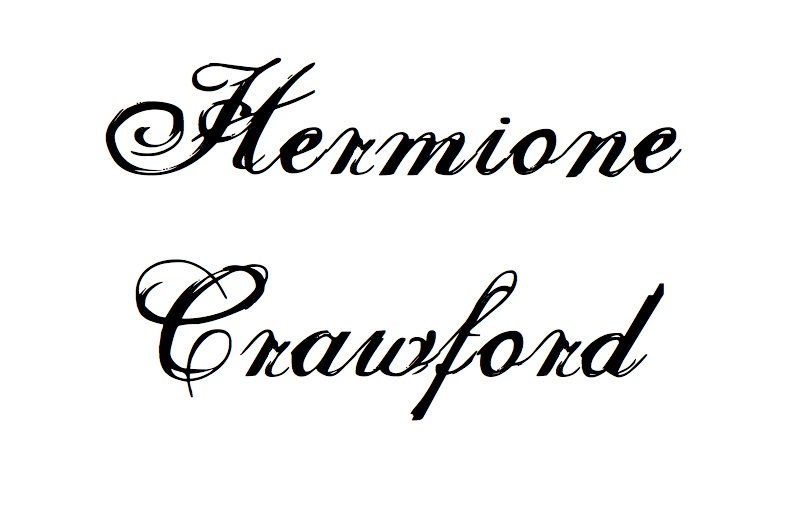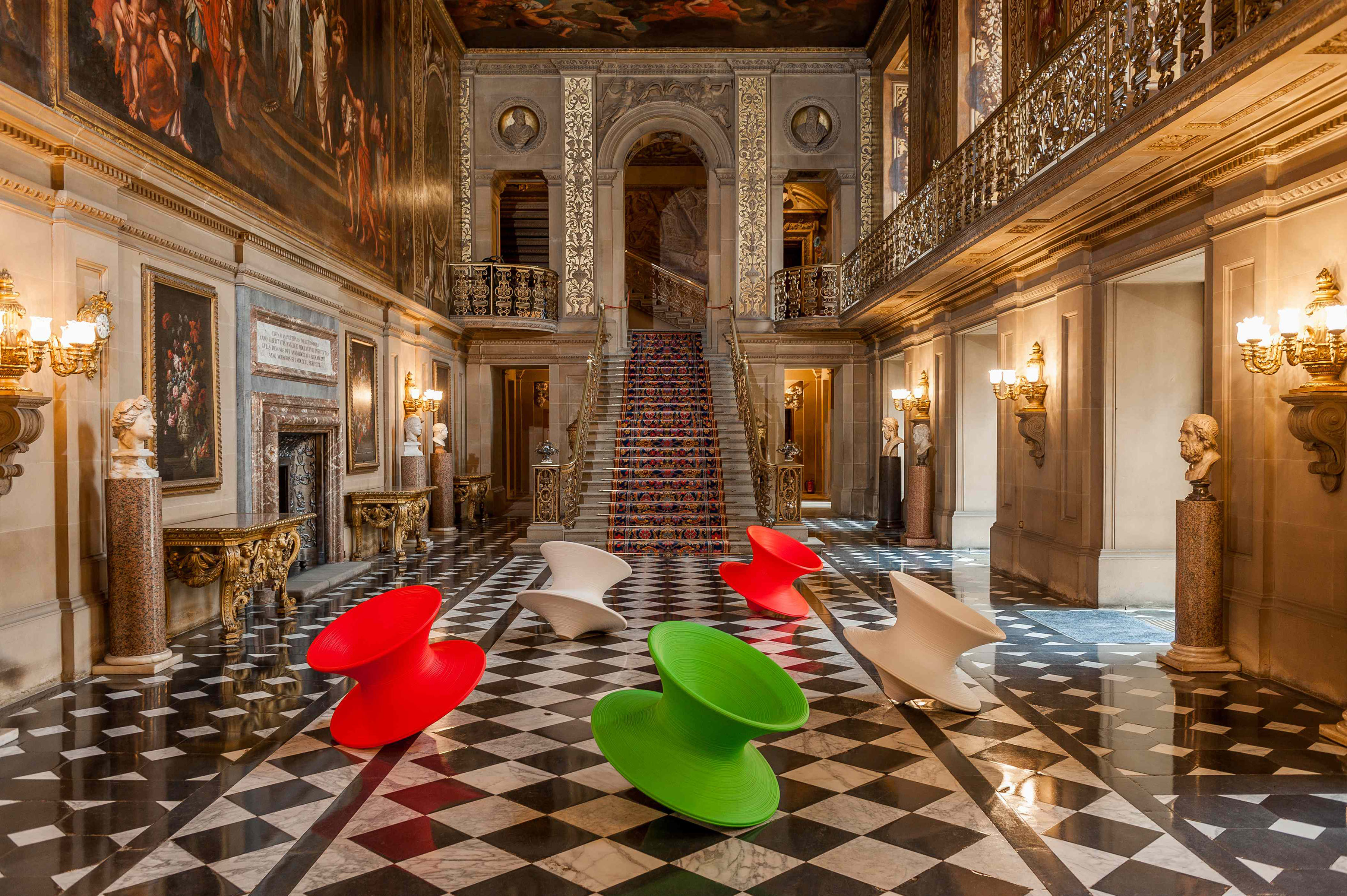Did the impetus for this exhibition come from you or the Duke and Duchess of Devonshire?
It’s something they’re interested in, that they wanted to share. They are very keen on contemporary sculpture, metalwork and ceramics and they’ve recently got into furniture.

How did you choose what designers were included?
I had to go and look and learn! Everywhere from websites to design shows – London Design Festival was particularly useful. It was so interesting and exciting, and crucially so relevant to the house. Chatsworth is an incredible resource to anyone interested in design, it’s been called The V&A of the North.
People have a habit of ignoring the furniture when coming to stately homes, taking in the architecture and art. Was this exhibition about getting them to look more closely?
I hope so! Every morning at the Wallace Collection I would go round before the museum opened and all the chairs would have been kicked up against the wall as people leaned in to the see the pictures, the furniture had been ignored and pushed against. There’s this feeling that something is worth looking at if it’s ‘on the wall’. There’s also a false boundary between art and design, and there’s a generation coming through to whom that’s not relevant anymore. For example Tom Price [Counterpart] exhibits in a gallery – that boundary is fading away.
Has the contemporary nature of the exhibition in such a historic house surprised people?
It’s not what a lot expect at Chatsworth. We get a huge amount of repeat visits, and people who know Chatsworth know we tend to mix it up a bit. Also there are layers to the contemporary collection – the family has been collecting for 15 generations! Every piece might now be hallowed and revered, but at the point it was created it was often ground-breaking. Take the windows that Bess Hardwick put in Hardwick Hall, or our collection of 1680s silverware.
However we are still very conscious that people are probably not coming for this and we wouldn’t want to have a contemporary show every year. It’s an experiment, and the response has been so positive.
How many pieces do you have in the show, and what happens next?
We’ve got about 70-80 pieces, of which about a quarter were commissioned, including Tom Price, Raw Edges and the students of Sheffield Hallam University. The pieces that are on loan and will go back, but others, like Endgrain, is owned by the Chatsworth Trust and we would want it to have a life after the show. It’s an interesting one – it’s furniture but it’s also a site-specific installation, the floor and benches are one piece, and the process Raw Edges used to make sure the colour didn’t wear off through 250,000 people walking on it, has been nominated for Design of the Year by the Design Museum. A conversation needs to happen at some point.
Is there a desire here to make high-end design accessible to all?
I feel strongly that Chatsworth can provide an opportunity for designers to show their work, and this is something the Devonshire family have always done – for example there is a chandelier made in Germany in the 19th century that the Duke had commissioned to show of the work of the factory, or the way they brought Sevres china to the Derbyshire potteries to show the latest designs and techniques. So Chatsworth has always had this role of encouraging design and putting it to an audience who might not be aware.
Is this a selling exhibition?
We’re not selling directly but we’ve put contact details for all the designers on the interpretation boards so people can go on and find out more. For example the Long-Form-Library has had a couple of enquiries. They deserve the attention – each designer has put so much thought care and attention into their work.
What’s next for Chatsworth?
The Duke and Duchess have always been interested in contemporary art and we’re part of a ‘Grand Tour’ of Derbyshire and Nottinghamshire galleries. In conjunction with Nottingham Contemporary the artist Pablo Bronstein is curating a display of Chatsworth’s treasure at Nottingham Contemporary which a new way of looking at Chatsworth’s pieces – including a ‘plate mountain’ – while we have an exhibition of his drawings. There’s a humour and a new way of looking at historic pieces that really adds to the collection. However we do try to keep a balance between being stimulating and enabling people to see what they came to see, next year we’ll be doing a more classic exhibition.
Why do you think that Chatsworth has gone from strength to strength when so many great estates have failed?
Chatsworth has never stood still. It’s the ones that didn’t evolve that were lost. Each generation is so closely involved and the house has real personality running through it. What you have to remember with the collection is that this is a home so every generation adds their bits to the to that house – even if it’s not to your taste you have to admire that desire to keep adding. That’s a problem for National Trust properties – the clock stops ticking the moment they take over from the family. It’s a big question for them at the moment – what will be the legacy of the 20th century? Chatsworth certainly has one.









